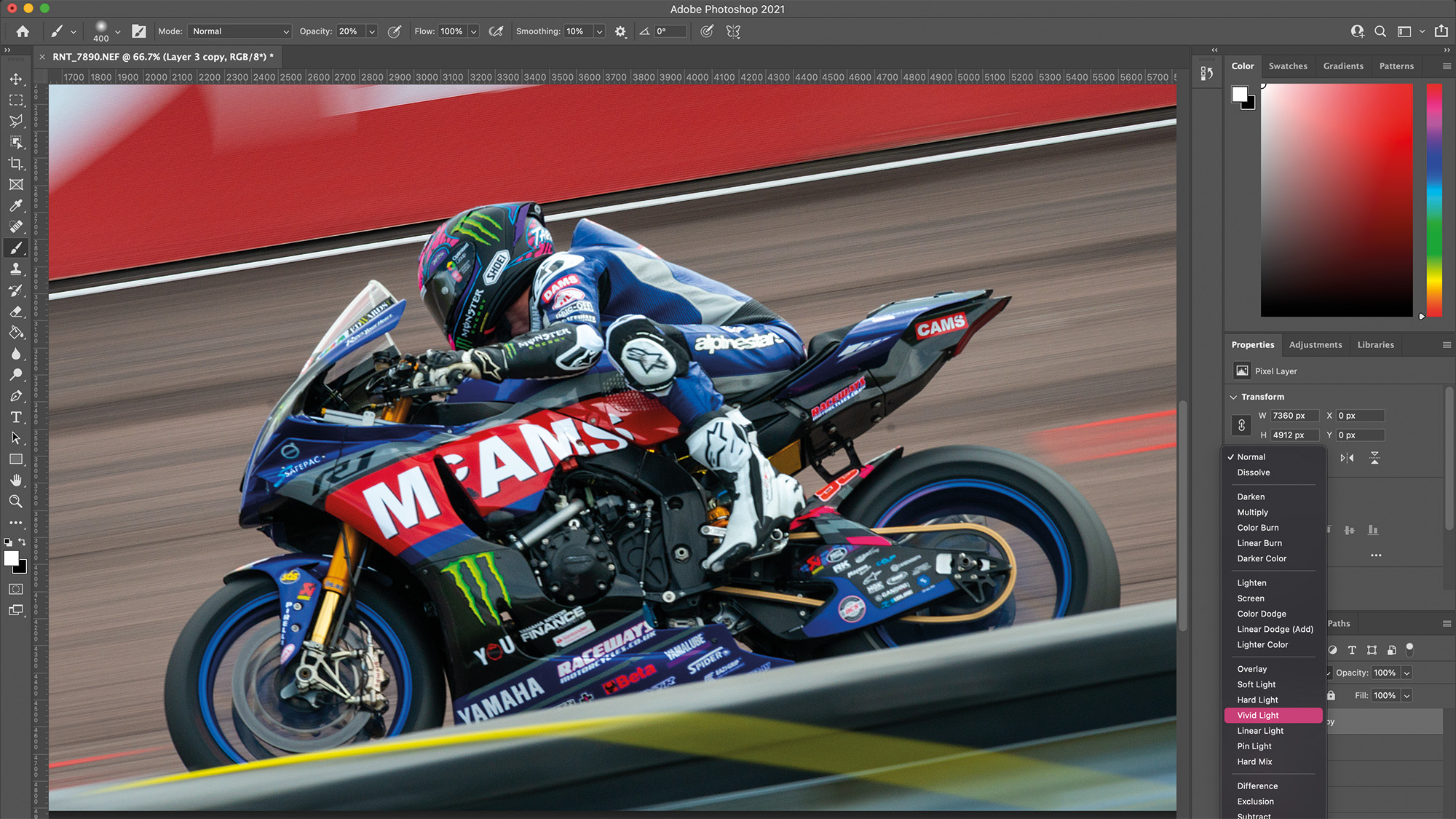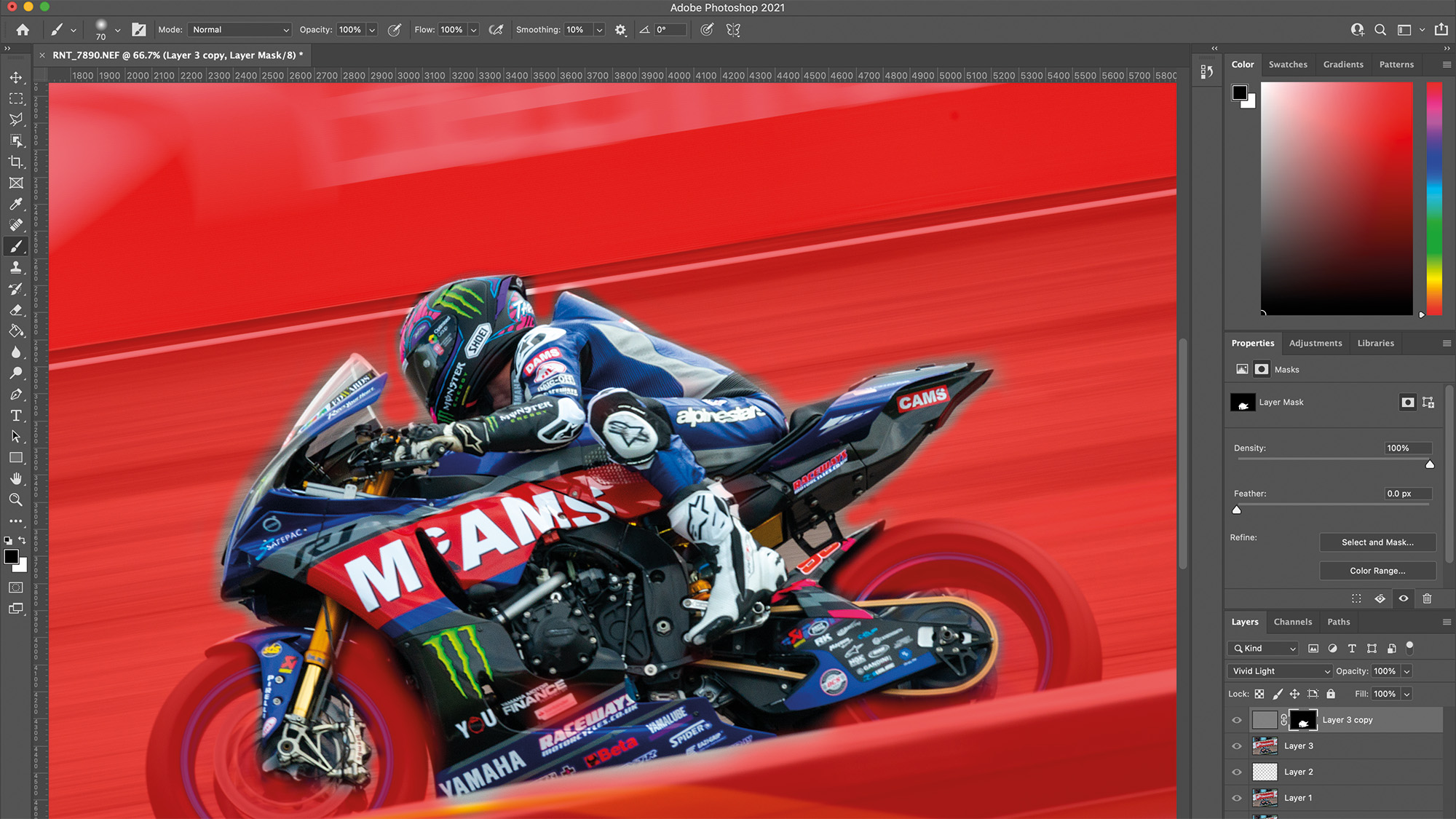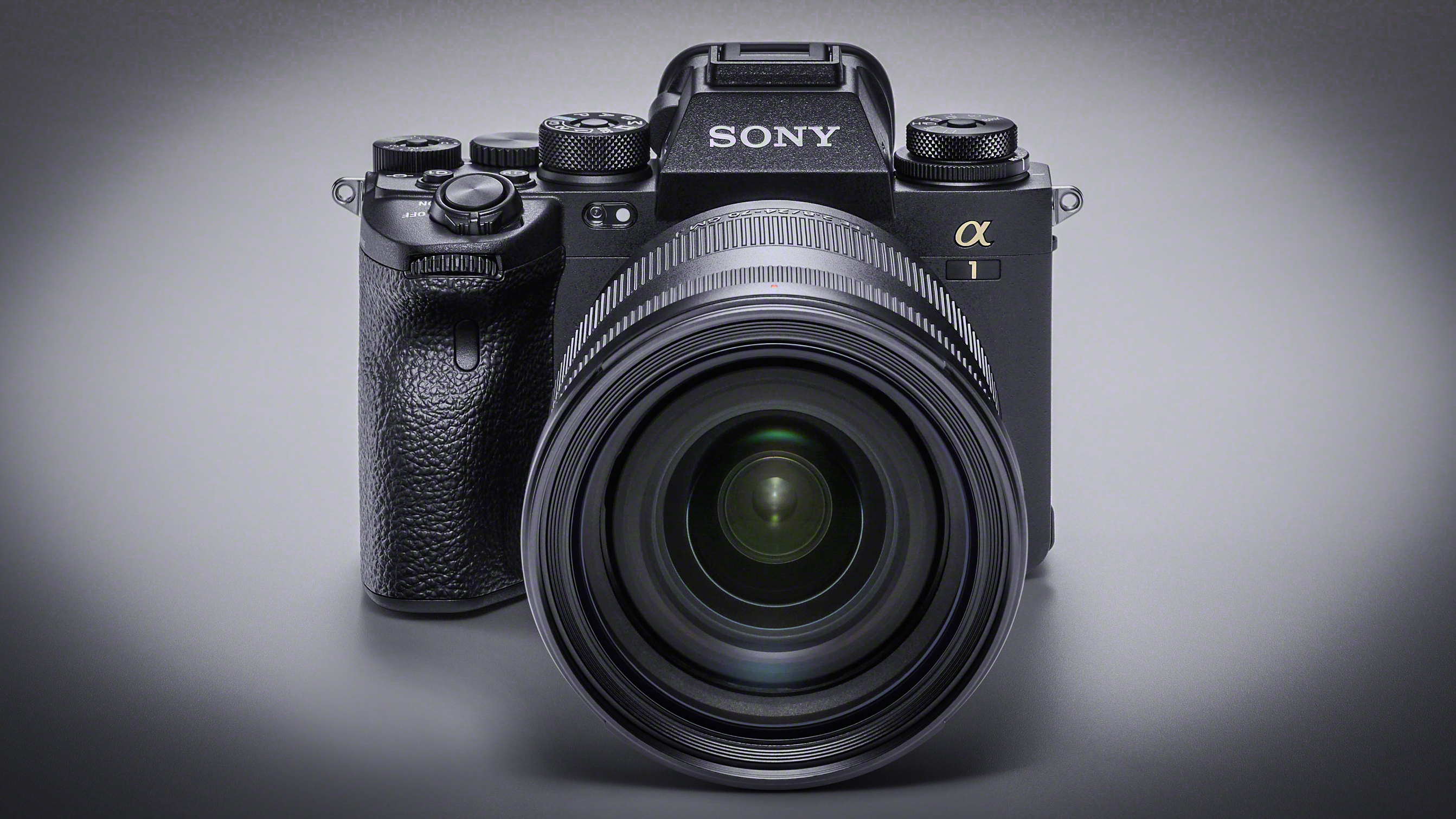Use Photoshop's High Pass Filter to selectively sharpen your photos like a pro
Selectively sharpen the focal point of your images in Adobe CC, using this effective expert high-pass hack

There are a multitude of ways to sharpen images in Adobe Photoshop – one of the best photo editing software suites on the market. But by applying the High Pass Filter in Photoshop CC, you can selectively paint a sharpening effect onto your images. This means you can choose where to sharpen your image, likely your focal point.
The advantages of this include the ability to direct your viewer's gaze, since they'll be naturally drawn to the sharpest area of the image, while also limiting the sharpening effect to where it's needed. This is particularly helpful if you're working with a shallow depth of field or motion blur, since you're unlikely to want to sharpen these ethereal areas of the frame. Sharpening can also accentuate noise, so the ability to apply it sparingly in low-light shots is invaluable.
Another plus of sharpening in an indestructive manner on layer-based editing software is that you can change the Blending Mode and opacity of your sharpening layer right up until you decide to export your image. So, if you want to selectively sharpen a set of images? Here's how to do it…
1. Add the High Pass Filter
Open your chosen image in Adobe Photoshop CC. Duplicate the background layer (Cmd/Ctrl+J) and select Filter>Other>High Pass. Move the Radius Slider until your subject's outline is barely visible on the gray overlay – I usually find around 1.8-2.0px works well – and hit OK.
2. Change the Blending Mode

Change the Blending Mode to Vivid Light. This will remove the gray overlay, but increase the contrast of any edges to sharpen the image. You can lessen the intensity of the sharpening effect by reducing the layer opacity or changing the Blending Mode to Hard Light, Overlay or Soft Light. If you're unsure, Overlay represents a good middle ground.
3. Apply a layer mask
Select the 'Add layer mask' icon and invert the mask (Cmd/Ctrl+I). Paint over and 'sharpen' your subject with a soft, white brush. The red overlay (\) indicates what you have sharpened – switch to a black brush if you want to remove parts of the mask.
That's all there is to it. Add a High Pass Filter, change the Blending Mode and apply an inverted layer mask to selectively paint the sharpening effect, only onto the areas of the image you want sharpened.
The best camera deals, reviews, product advice, and unmissable photography news, direct to your inbox!
You may also be interested in switching seamlessly between Lightroom and Photoshop, or the best free photo editing software that's available.

Mike studied photography at college, honing his Adobe Photoshop skills and learning to work in the studio and darkroom. After a few years writing for various publications, he headed to the ‘Big Smoke’ to work on Wex Photo Video’s award-winning content team, before transitioning back to print as Technique Editor (later Deputy Editor) on N-Photo: The Nikon Magazine.
With bylines in Digital Camera, PhotoPlus: The Canon Magazine, Practical Photography, Digital Photographer, iMore, and TechRadar, he’s a fountain of photography and consumer tech knowledge, making him a top tutor for techniques on cameras, lenses, tripods, filters, and more. His expertise extends to everything from portraits and landscapes to abstracts and architecture to wildlife and, yes, fast things going around race tracks...


